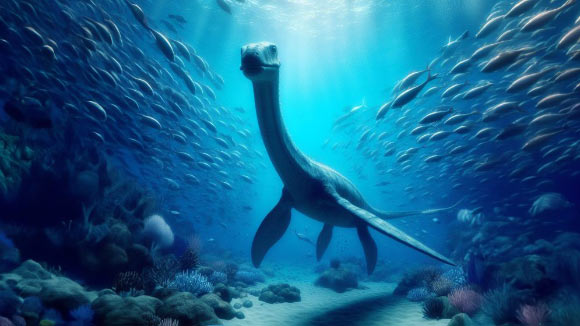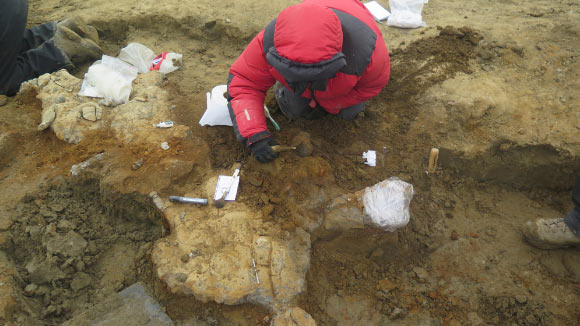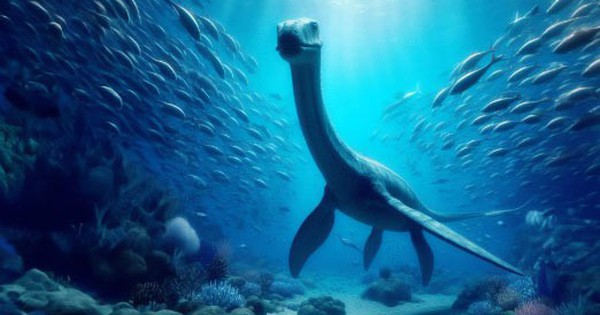New Aquatic Species “Emerges” after 67 Million Years Hidden in the Antarctic
Have you ever wondered about the mysteries lying beneath the surface of the Antarctic? Scientists have recently discovered a new aquatic creature that has been hiding for millions of years. This fascinating discovery sheds light on the evolution and interconnectedness of different species found in the southern hemisphere. Let’s dive deeper into the details.
Unveiling the Marambionectes Molinai
According to a report by Sci-News, a new aquatic creature has been identified as Marambionectes molinai, named after the Marambio Island in the James Ross Archipelago of the Antarctic Peninsula. This creature belongs to the Elasmosauridae family, a group of long-necked marine reptiles with a rich history dating back to the Late Jurassic and Cretaceous periods.

Image: Journal of Systematic Palaeontology
A New Chapter in Evolution
With a size ranging from under 3 meters during the Late Jurassic, this group of marine reptiles flourished during the subsequent Early Cretaceous period, reaching its peak during the Late Cretaceous with representatives measuring over 10 meters in length. These creatures have fully adapted to an aquatic lifestyle and possess unique anatomical features, including a streamlined body, paddle-like limbs, and an exceptionally long neck consisting of 75 individual vertebrae.

Image: Journal of Systematic Palaeontology
A Majestic Creature of the White Chalk Sea
Although the exact size of the Antarctic aquatic reptile remains unknown, it is believed to be a magnificent representative of the Late Cretaceous oceans. The fossilized remains, which date back approximately 67 million years to the end of the Cretaceous period, were first discovered in 2018 at the López de Bertodano Formation.
Paleontologist José O’Gorman and his colleagues from the National Scientific and Technical Research Council (CONICET – Argentina) have identified various skeletal elements, including the body, a portion of the tail, limbs, neck, skull, and even gastroliths (stomach stones used for food digestion).
Despite encountering several challenges during the months-long excavation campaign, which was interrupted by snowstorms and required meticulous analysis for species identification, the researchers have finally unraveled the mysteries surrounding this aquatic creature.
The well-preserved state of the specimen has greatly facilitated the scientific investigation. In their publication in the Journal of Systematic Palaeontology, the authors describe the creature as a transitional form between two southern hemisphere groups, shedding light on the evolutionary process and interconnection between different species found in Chile, New Zealand, and the Antarctic Peninsula.
For more captivating articles about finance and the latest news, visit Business Today.
Disclaimer: This article is for informational purposes only. It does not constitute financial advice. Please consult with a professional financial advisor before making any investment decisions.

